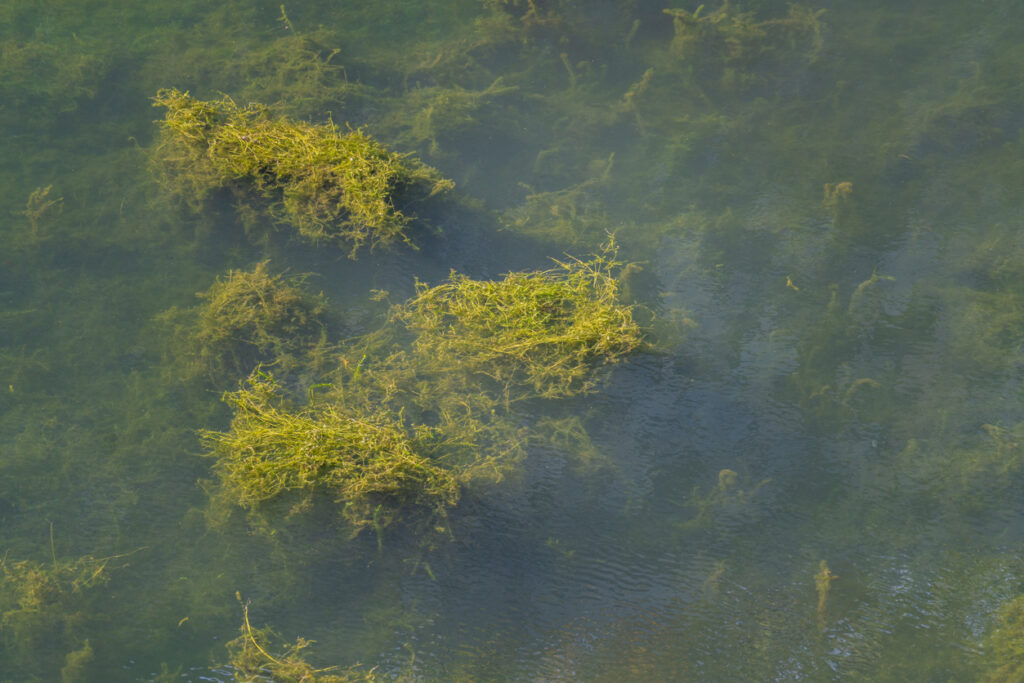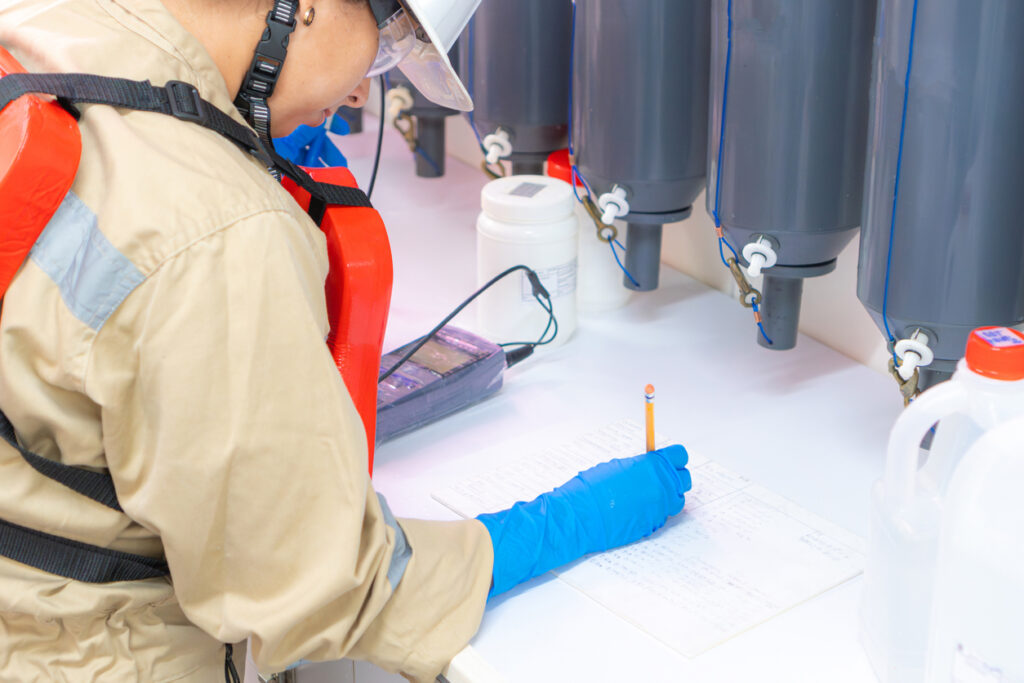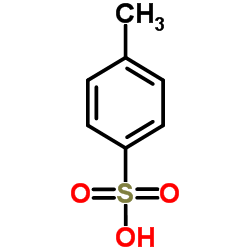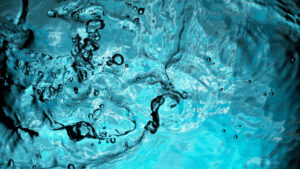Having low levels of dissolved oxygen in water could be detrimental to the health of aquatic ecosystems. This article reviews what dissolved oxygen (DO) is, causes and effects of low levels in water, how to increase DO, and how to measure it.
What is Dissolved Oxygen in Water
Dissolved oxygen (DO) refers to the amount of free, non-compound oxygen that is present in water, or any other liquid. It is a crucial indicator of water quality and is essential for the survival of aquatic organisms. DO enters water through direct absorption from the atmosphere, as well as from photosynthesis by aquatic plants. The measurement of DO could be either as percent saturation or as concentration. Percent saturation refers to the ratio of actual DO content to the maximum possible DO at a specific temperature and pressure. As the name implies, it is expressed as a percentage. Whereas concentration is the actual amount of oxygen dissolved in any water sample and its measurement is in milligrams per liter (mg/L), parts per million (ppm).
Importance of Dissolved Oxygen
- Aquatic Life: Aquatic organisms, such as fish, invertebrates, plants, as well as aerobic bacteria require DO for respiration.
- Water Quality: High levels of DO are often associated with good water quality, whereas low levels can indicate pollution or a high rate of decomposition. This is important when water is to serve for drinking or industrial purposes.
- Ecosystem Health: Healthy DO levels support a balance in the ecosystem by allowing all species to thrive.
What Affects Dissolved Oxygen Levels in Water
There are several factors that influence the level of dissolved oxygen (DO) in any water body. These factors include biotic, abiotic, as well as anthropogenic factors, which are environmental changes due to human activities.
Biotic Factors
Biotic factors entail the impact of aquatic life on the level of DO in a water body. For example, aquatic plants and algae produce oxygen during daylight through photosynthesis. However, at night, photosynthesis stops and respiration starts. Thus consuming oxygen and reducing DO levels. Another factor that affects DO level is microbial activity in a water body. When there is excessive organic matter in a water body, their decomposition by bacteria can consume significant amounts of DO.
Abiotic Factors
The most prominent abiotic factors that can result in low or high dissolved oxygen in water are barometric pressure, salinity, and temperature.
Barometric Pressure
As altitude increases, the percentage of oxygen does not change, but atmospheric pressure changes. As a result, the DO concentration at 100% saturation decreases by the same percent that atmospheric pressure does. Thus, allowing for the calculation of a barometric correction factor, which is useful in converting percent saturation measurements to concentration. For example, if atmospheric pressure at sea level is 760 mmHg, and the atmospheric pressure at 2,000 ft above sea level is 650 mmHg, the pressure correction factor (PCF) can be calculated as follows:
![]()
Salinity
When salt comes in contact with water, it breaks up into ions with both positive and negative charges. These ions attract water molecules, which consist of slightly positive and negative ions, thus, providing competition for intermolecular spaces. As a result, there are fewer free water molecules for DO to combine with, allowing it to diffuse out of solution. This means that DO reduces with increase in salinity. Similar to pressure, there is a salinity correction factor (SCF). These two correction factors are useful when converting percent saturation (DO%) measurements to obtain actual DO concentration values.
![]()
Temperature
When the temperature of water increases, its molecules along with other elements gain energy. This results in weak molecular interactions such as that between water and oxygen gas to be easily broken. Diffusion of water out of the solution, meaning there is lower DO with increase in temperature. NOTE: Unlike salinity and pressure that affect only DO percent saturation, temperature can also affect DO concentration measurements. This is because oxygen measurements using a dissolved oxygen electrode depend on the ability of oxygen to diffuse through the sensor membrane, which increases as temperature increases.
Anthropogenic Factors
These include human activities that indirectly affect DO levels in surrounding water bodies. For example, deforestation, improper disposal of waste, agricultural and urban runoffs, as well as channel alterations can affect DO levels.
Effects of Hypoxia in Water
Hypoxia, referring to low dissolved oxygen levels in water, has adverse effects on aquatic ecosystems, human health, and economic activities. When water has DO levels below 2 mg/L, it is considered hypoxic, and levels below 0.2 mg/L are anoxic, meaning there is almost no oxygen. Generally, a minimum of 4 mg/L is what can support living organisms, although tolerance ranges differ according to species. The following are some of the primary impacts of hypoxia:

- Aquatic Life: Hypoxic conditions can lead to mass destruction of aquatic organisms. Also, it can cause changes in feeding, reproduction, predator-prey relationships, and other behavioral alterations. The following chart highlights the DO tolerance range for most fish.

- Ecosystem Health: Hypoxia can reduce overall biodiversity due to loss of sensitive species. This is because only few tolerant species will survive, leading to less balance and resilience in the ecosystem. In addition, hypoxic conditions encourage algae blooms, which further reduce DO concentrations.
- Human Health: Low dissolved oxygen is an indication that water is unsafe for human consumption. In severe cases, hypoxia can lead to anoxia, resulting in the production of harmful substances like hydrogen sulfide and ammonia.
- Economic Impact: Hypoxia can lead to the collapse of commercial and recreational aquaculture.
How to Increase Dissolved Oxygen in Water
Increasing dissolved oxygen (DO) content in water bodies is crucial for maintaining healthy aquatic ecosystems and water quality. Moreover, there are various strategies for enhancing DO levels, depending on the specific characteristics and conditions of the water body. Here are some effective methods.
Physical Methods
These include installing mechanical devices like surface and subsurface aerators that introduce air or oxygen into a water body. Such devices also agitate the water surface, thereby increasing air-water interaction and promoting oxygen diffusion. Also, water circulation devices such as fountains can help increase oxygen absorption. In streams and rivers, the construction of cascades and weirs to create turbulence is a good way of improving aeration.
Biological Methods
Introducing plants like water lilies and reeds can increase DO via photosynthesis during the daytime. There are also specific plants that absorb pollutants in water, so introducing them can improve water quality and DO levels.
Chemical Methods
Using chemical treatments to control algae growth is an effective way of preventing low dissolved oxygen in water. Also, introducing chemicals like hydrogen peroxide and calcium peroxide can help increase oxygen levels.

Environmental and Management Practices
Improving municipal and industrial wastewater treatment helps in maintaining healthy DO levels in water bodies. Also, implementing best management practices in agriculture to reduce runoff of fertilizers and organic matter into water bodies is helpful. Another good practice is planting trees along waterways to provide shade, thus reducing water temperature and increasing DO solubility.
How to Measure Dissolved Oxygen Levels
Both DO percent saturation and DO concentration have their usefulness when taking measurements. Percent saturation helps in assessing how close water is to being saturated by oxygen, which is key in understanding biological and environmental conditions. While DO concentration is a direct measurement of the available oxygen to aquatic life and chemical processes. Although DO concentration is the most common measurement, sensors can also provide percentage saturation measurements to suit an application’s need.
No matter what your sensor needs are, AlpHa has a rich offering of both standard and customized DO sensors. Our team of experts are available to work with you as we integrate your needs in developing the right oxygen sensor for your application. Contact us now to set the ball rolling.




